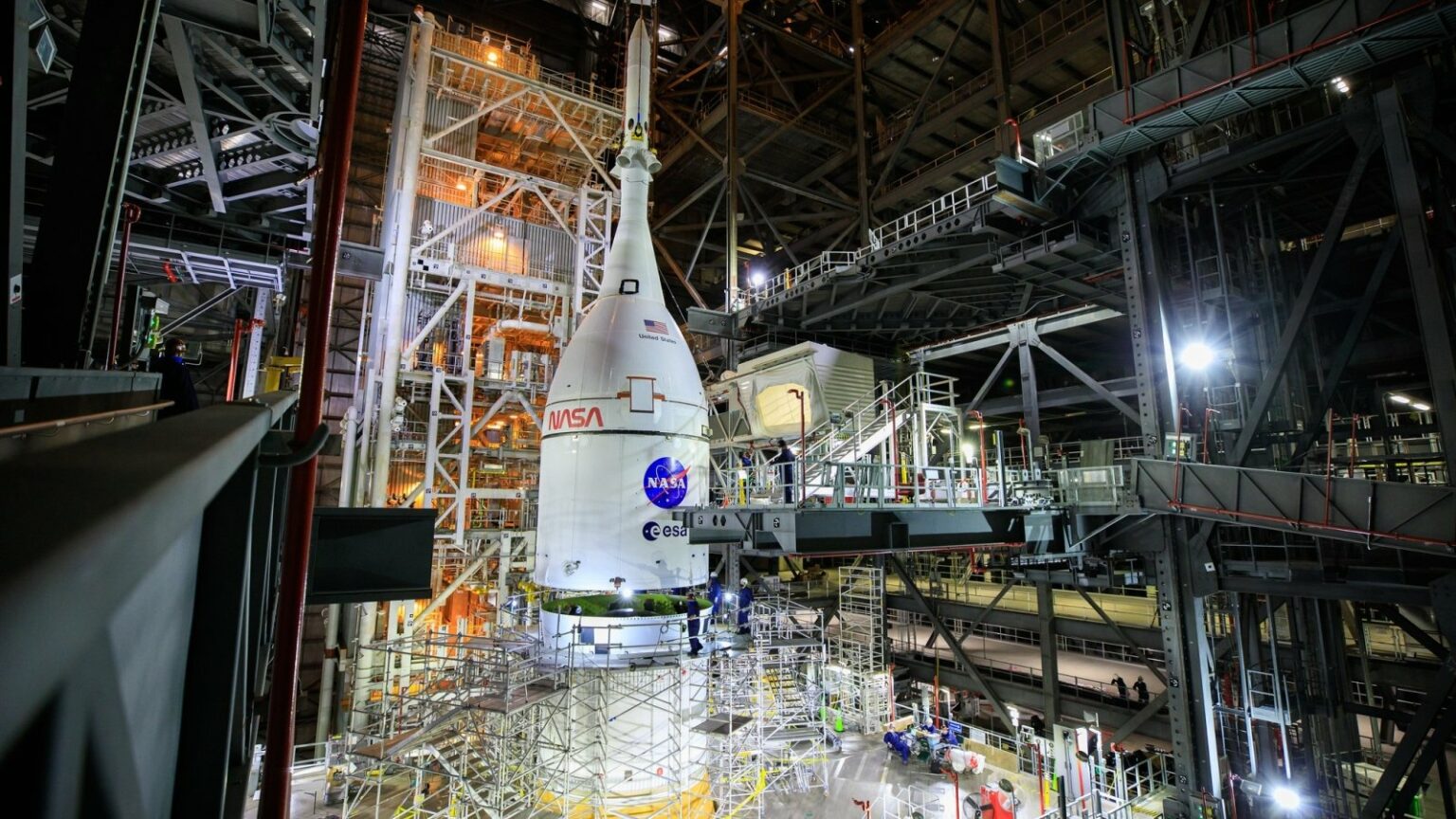Engineers continue to fix technical malfunctions on the SLS rocket. They also demonstrated the electronic systems of the Orion lunar spacecraft. The Artemis I mission is scheduled to launch at the end of August.

Artemis I prepares for launch
Artemis I is getting ready to launch. The giant SLS lunar rocket is now in the assembly building. Engineers are fixing the latest malfunctions that may interfere with the first Artemis I demonstration mission. In particular, they eliminate the hydrogen leak that was detected during previous rehearsals.
Its cause turned out to be a loose connection on the inner wall of the rocket engine section, where a quick-release hose for liquid hydrogen is attached. The collet supporting and guiding it turned out to be broken. Engineers will repair it in parallel with other work being carried out in the near future.
The launch of the Artemis I mission should take place at the end of August. At this time, the start window will be opened. If NASA misses it for some reason, then the launch will have to be postponed to the second half of September. A specific date will be announced after the engineers have carried out all the necessary work.
Other work on the preparation of the mission
In addition to repairing the hydrogen supply system, engineers are carrying out other work necessary for the implementation of the Artemis I mission. In particular, they are preparing to activate the rocket batteries. Now they have been removed from the rocket, and it is in this condition that they are planned to be turned on, checking their serviceability. In addition, flight abort systems will be tested. Specialists should check the devices that monitor the state of the carrier.
Work is also underway with the Orion spacecraft. A demonstration technology has been installed on it, which will help to test new systems of digital interaction and video communication in space. Engineers also test heaters and sensors of the command and European service modules.
According to blogs.nasa.gov
Follow us on Twitter to get the most interesting space news in time
https://twitter.com/ust_magazine

